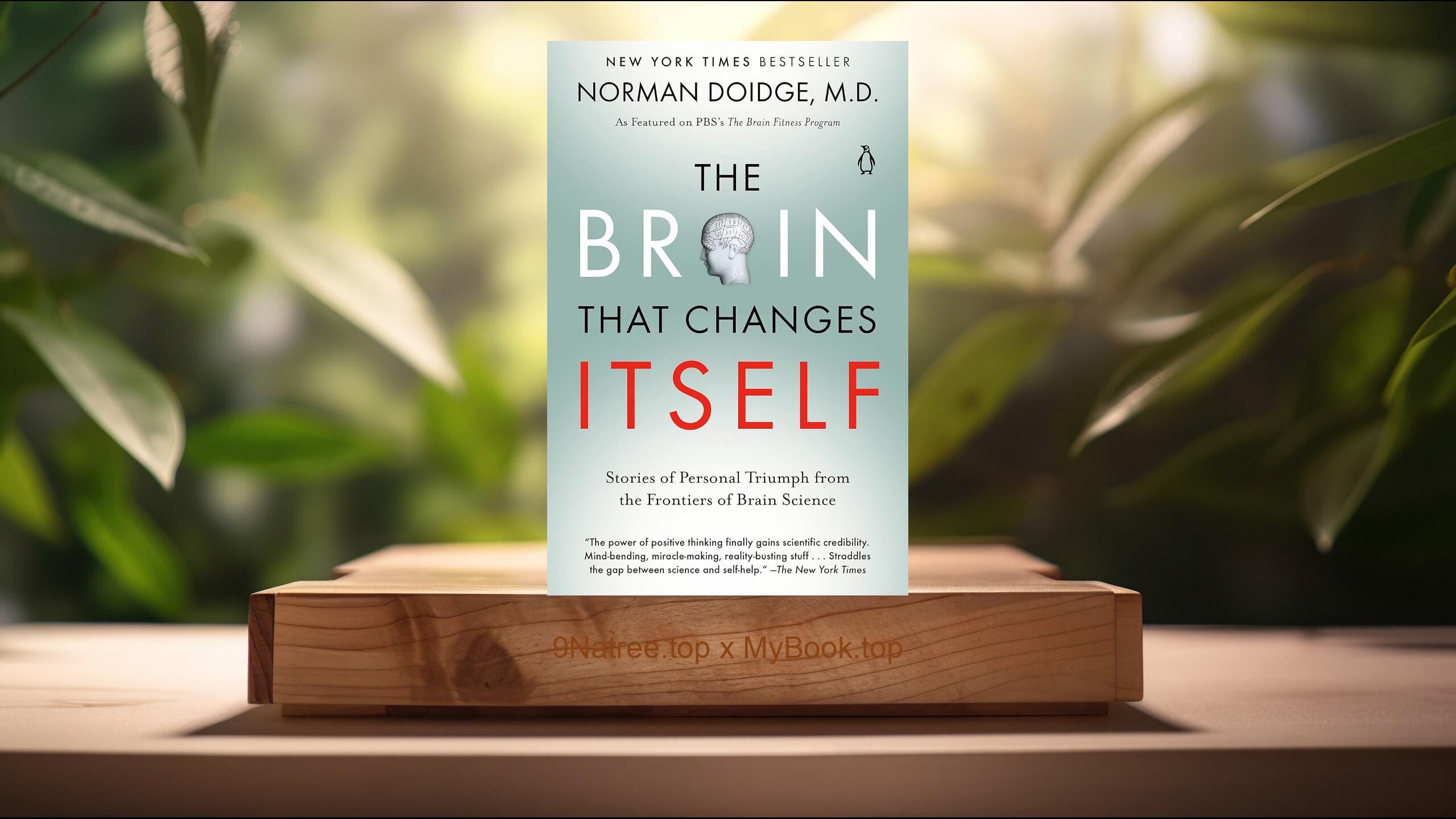Show Notes
- Amazon USA Store: https://www.amazon.com/dp/1501166743?tag=9natree-20
- Amazon Worldwide Store: https://global.buys.trade/Keep-Sharp%3A-Build-a-Better-Brain-at-Any-Age-Sanjay-Gupta-M-D.html
- eBay: https://www.ebay.com/sch/i.html?_nkw=Keep+Sharp+Build+a+Better+Brain+at+Any+Age+Sanjay+Gupta+M+D+&mkcid=1&mkrid=711-53200-19255-0&siteid=0&campid=5339060787&customid=9natree&toolid=10001&mkevt=1
- Read more: https://mybook.top/read/1501166743/
#brainhealth #neuroplasticity #cognitivereserve #dementiaprevention #memoryimprovement #lifestylemedicine #sleepandstress #SanjayGupta #KeepSharp
These are takeaways from this book.
Firstly, Neuroplasticity and the Myths of Aging, Gupta starts by overturning outdated beliefs about an aging brain. Instead of a steady decline, the brain remains adaptable through neuroplasticity, the capacity to form new connections and strengthen existing networks. He shows how learning new skills, engaging in challenging tasks, and maintaining curiosity stimulate growth factors that support neuron health. The book debunks myths such as the idea that memory loss is inevitable, that new neurons cannot form in adulthood, or that puzzles alone will keep you sharp. Gupta explains differences between normal lapses and warning signs of cognitive impairment, providing a balanced view that reduces fear while stressing timely attention to changes. He also clarifies the roles of genes and environment, noting that while family history matters, lifestyle can shift risk in meaningful ways. By setting the record straight, he equips readers with optimism and urgency, reframing brain health as a lifelong, dynamic process that responds to daily choices.
Secondly, Five Pillars: Move, Discover, Relax, Nourish, Connect, A core framework of the book is a set of five lifestyle pillars that reinforce cognitive resilience. Move emphasizes regular physical activity, with a focus on aerobic exercise, strength training, and balance work to enhance blood flow, growth factors, and brain volume. Discover highlights novelty and challenge, such as learning a language, musical instrument, or complex skill that stretches attention and memory. Relax targets stress mastery through practices like diaphragmatic breathing, mindfulness, and time in nature to reduce chronic cortisol load. Nourish promotes a brain friendly pattern similar to Mediterranean style eating, rich in plants, omega 3s, legumes, and minimally processed foods, while moderating added sugars and refined grains. Connect underlines social integration, meaningful relationships, and community participation as buffers against cognitive decline. Gupta integrates these pillars into daily routines with practical tips, emphasizing consistency over perfection and encouraging small, sustainable steps that compound over time.
Thirdly, Sleep, Stress, and Mental Health, Gupta devotes special attention to sleep as a nightly reset for learning and memory. He explains how deep sleep supports consolidation of new information and helps the brain clear metabolic waste through housekeeping systems active during rest. Simple behaviors make a big difference: regular schedules, a cool dark room, morning light exposure, and limiting late caffeine and heavy meals. He connects chronic stress to impaired attention and memory, showing how rumination and uncontrolled worry narrow cognitive bandwidth. Evidence based tools such as mindfulness, brief movement breaks, breath training, gratitude practices, and boundaries around news and screens help recalibrate the stress response. Mental health is presented as inseparable from brain health, so screening and treatment for anxiety, depression, and trauma are encouraged rather than stigmatized. The message is practical and hopeful: protect sleep, defuse stress, and support mood to unlock sharper thinking, more stable attention, and better decision making.
Fourthly, Social Bonds, Purpose, and Cognitive Reserve, The book explains cognitive reserve as the brain’s ability to maintain function despite age related changes or pathology. Gupta shows that strong social ties and a sense of purpose are powerful builders of this reserve. Regular conversations, teamwork, volunteering, clubs, intergenerational activities, and acts of service challenge multiple networks at once, from language to emotion regulation. He encourages readers to invest in communities that provide both support and accountability. Purpose driven goals give structure and meaning to daily effort, making healthy habits more likely to stick. The book also notes that bilingualism, music practice, and complex hobbies can add layers to reserve by recruiting diverse circuits. For those at risk or already noticing mild changes, social engagement acts as a protective scaffold that complements medical care. By weaving connection and purpose into life, you create redundancy in brain systems, which can delay or blunt the impact of decline.
Lastly, A Practical 12 Week Plan and Habit Design, Gupta translates principles into a phased plan that helps readers build momentum. Early weeks focus on keystone behaviors: consistent sleep windows, a walking baseline most days, a vegetable forward plate, and a simple stress reset routine. Middle weeks add cognitive challenges and skill learning, such as a language app, musical practice, or a structured course. Nutrition upgrades might include more legumes, leafy greens, berries, and fish, along with planning and batch cooking. Later weeks deepen social connection through scheduled calls, group activities, or volunteering. He also recommends protecting the brain by managing blood pressure, blood sugar, and lipids, wearing helmets during risky activities, and reducing fall risks at home. Habit design strategies include tiny steps, clear cues, tracking, and environment tuning, so the healthy choice is the easy choice. By the end, readers have a repeatable weekly rhythm they can scale and personalize, turning insights into durable, automatic routines.
![[Review] Keep Sharp: Build a Better Brain at Any Age (Sanjay Gupta M.D.) Summarized](https://episodes.castos.com/660078c6833215-59505987/images/2209085/c1a-085k3-mkwo0zwdi2no-o1zgf3.jpg)




